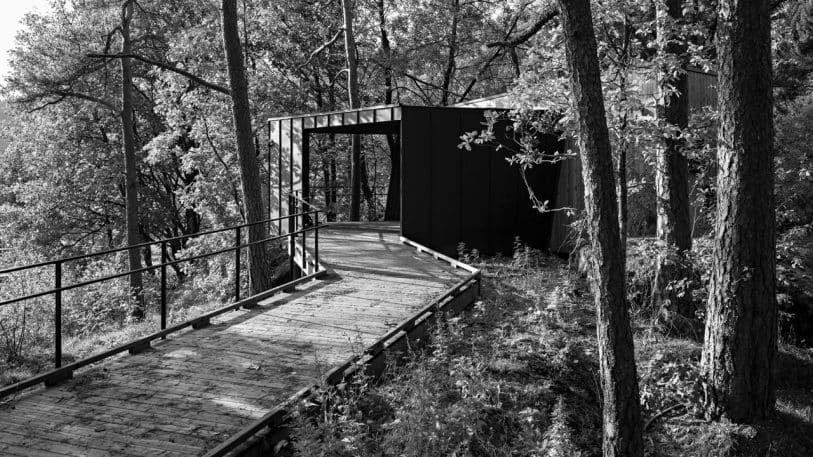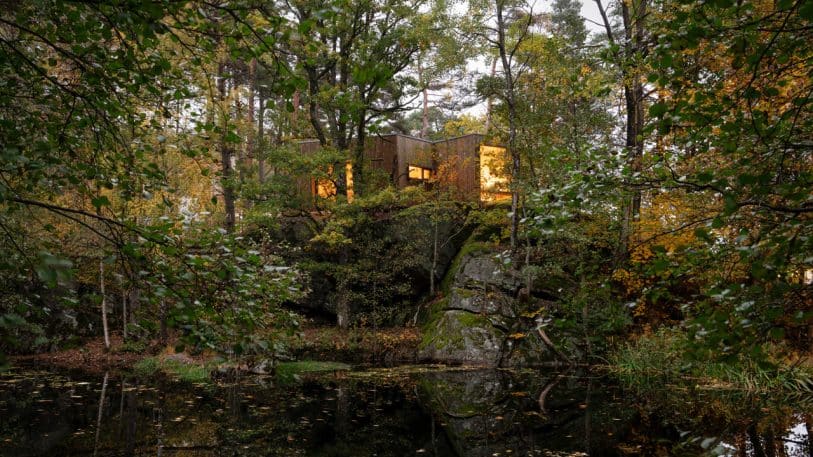A question that I have been considering for a while now is, Are we (adults and decision makers) ready to commit to a better childhood for kids? I suppose the simpler question is, Do we understand the value of childhood?
It feels like we are getting close. The more attention I pay to this, the more I see that we are on the precipice of change for the better. The tricky thing is that these changes need to happen across all aspects of a child’s life to have the biggest impact. We can’t separate development and learning from physical health and well-being, which can’t be separated from social connection, healthy relationships, and safe environments. It’s all interconnected.
I see a growing understanding that a positive, thriving childhood, particularly the first 1000 days, sets little ones up for a positive life. Even though we know this, we seem to be very slow to move away from dated approaches and systems that don’t offer the best possible outcomes for kids. There are so many ways that we could make WA kids’ childhoods better – in our families, communities, sport and recreation groups, childcare, schools, health care systems, media, and social media. If we consider the value of a whole childhood, rather than a child’s situation at any given moment, the cumulative impact of this list becomes apparent. If more than one of these aspects fails a child, even in a small way, the effect can be significant and long-lasting.
So, what could we do to improve our kids’ childhoods? The great news is that there are many examples across the world of ways to improve the lives of kids – designing kid friendly cities and communities, changing education systems to focus on what is best for children rather than standardised testing, compassionate approaches to at risk youth – the list is long, but it starts with us agreeing that we can do better.
Bringing about positive change in any one of the sectors listed above is challenging. Bringing about change across multiple sectors requires courage, vision, leadership, and collaboration. There is some promising work being done within some of these sectors, but little work being done across them. It seems that this is because we have leaders and specialists but no one who has responsibility for the combined impact of these sectors, for the whole child and the childhood.
One sector that is making some exciting progress for kids is the healthcare sector. Our kids are lucky to be recipients of some of the best paediatric care in the world. Yet the question still needs to be asked – are there any ways that we can provide paediatric care for our kids that leaves a bit less of a dent in their childhood? Can we do it better?
Most of us know a child who has been affected by chronic illness or injury, or ourselves have spent time in hospital. Even with the best of care, hospital settings by their very nature can contribute to feelings of powerlessness, isolation, and anxiety for children, which can impact negatively on their treatment and recovery.
There are some exciting programs being trialled here in WA, and delivered in North American and European hospitals that focus on taking therapeutic approaches outside of the hospital into natural settings. These programs are delivering positive results for patients. Research is demonstrating a positive association between patients having access to a natural environment and faster recovery rates, reduced dependency on medication due to reduced pain and anxiety, lower stress levels for medical staff and patients’ families, and improved emotional well-being.

Later this month Nature Play WA is bringing together people from across the healthcare community to consider how we can do this for WA’s kids. We are hosting Dr Maren Lindheim, an international leader in utilising the outdoors as part of a range of treatments for children and adolescents. Dr Lindheim will spend time with health professionals from Perth Children’s Hospital, Telethon Kids Institute, Kings Park, other hospitals, and not-for-profit organisations. Conversations will draw on Dr Lindheim’s experience in setting up an outdoor retreat at Oslo University Hospital in Norway and how we could better utilise the Koolangka Kids’ Bridge, Kings Park, and soon-to-be-built greenspace just outside the door at Perth Children’s Hospital. We’ll brainstorm and identify opportunities and ways to get patients and families outside, to step away from the bright lights, filtered air-conditioning and sounds and smells of a hospital to experience therapies under big skies, with smells and sounds of nature. We’ll discuss ideas for trials and research and aim to get the best possible outcomes for our kids.
This is just one small, yet exciting step in bringing people together to work on improving the childhood experience for some of our most vulnerable kids.

